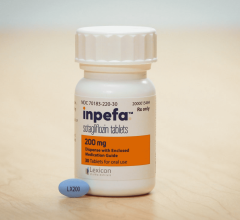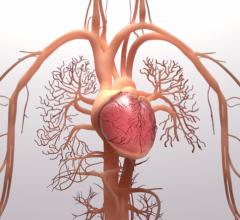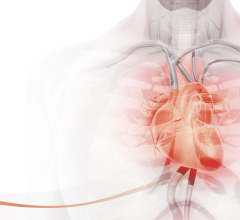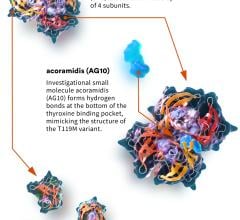December 23, 2013 — Careful documentation of patient selection and procedure appropriateness are critical — yet underutilized — steps in ensuring high-quality clinical care for percutaneous coronary intervention (PCI), according to performance measures released by the American College of Cardiology (ACC), the American Heart Association (AHA), the Society for Cardiovascular Angiography and Interventions (SCAI), the AMA-Convened Physician Consortium for Performance Improvement and the National Committee for Quality Assurance (NCQA).
Designed to benchmark and improve the quality of PCI, the set of performance measures includes 11 measures that address both ambulatory and inpatient settings, with two measures that address documentation and appropriateness. The document focuses primarily on elective PCI.
The new set of measures breaks important ground for performance measurement examining care before, during and after the procedure. It is the first set of cardiovascular performance measures to directly address procedure appropriateness. In addition, the measures incorporate other indicators of quality such as procedural volume and whether the institution benchmarks care by participating in regional or national registries.
The 11 measures are:
- Comprehensive documentation of the reasons for PCI
- An appropriate reason for elective PCI (benefits outweigh the risks)
- An evaluation of the individual’s ability to receive dual antiplatelet therapy (conducted before the procedure)
- The use of embolic protection devices in the treatment of saphenous vein bypass graft disease
- An assessment of renal function before the procedure (including glomerular filtration rate) and the documentation of contrast used during the procedure
- Documentation of the radiation dose used during the procedure
- The prescription of optimal medical therapy at discharge (aspirin, PY12 inhibitors and statins)
- A referral to an outpatient cardiac rehabilitation program (to reduce the risk of recurrent events)
- Participation in a regional or national PCI registry
- The average annual volume of PCIs performed by the physician over the last two calendars years
- The average annual volume of PCIs performed by the hospital over the last calendar year
Measures 1, 3, 5, 7, 8, 9 and 11 are performance measures, while 2, 4, 6, and 10 are quality metrics. Quality metrics may not meet all specifications of formal performance measures or may be associated with unintended consequences of public reporting.
According to the writing committee, the measures may “serve as vehicles to accelerate appropriate translation of scientific evidence into clinical practice.” The committee goal was to create measures that capture many important aspects of quality while minimizing the reporting burden.
“Hospitals and health systems are increasingly facing a burden with measurement across multiple conditions and services,” said Carl Tommaso, M.D., interventional cardiologist, NorthShore University HealthSystem, and writing committee co-chair. “We wanted to focus on those aspects of PCI care that we thought would give us the greatest yield in terms of improving patient care.”
Brahmajee Nallamothu, M.D., associate professor of cardiovascular medicine, Department of Internal Medicine, University of Michigan, and writing committee co-chair, said this document is the first step in the evolving process of performance measurement.
“Through these measures, we have moved beyond simple measurement of a few treatments to incorporating key concepts like appropriateness,” said Nallamothu. “There is still much more work to be done, however, and an important part of this process was to identify important areas for future investigation.”
The committee identified four areas of research that will generate better performance measures in the future:
- Measuring the filling of prescriptions (not just the prescription of drugs) and optimal dosing
- Better utilizing current data systems to track PCI quality
- Building accountability by all practitioners involved into quality metrics
- Utilizing patient surveys to track performance
The 2013 Performance Measures for Adults Undergoing Percutaneous Coronary Intervention is available on the ACC website and AHA websites and in future print issues of Journal of the American College of Cardiology (JACC) and Circulation: Journal of the American Heart Association.
For more information: www.cardiosource.org, www.americanheart.org


 July 10, 2024
July 10, 2024 








